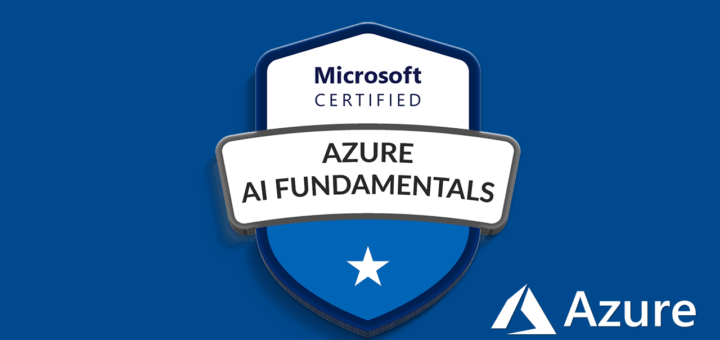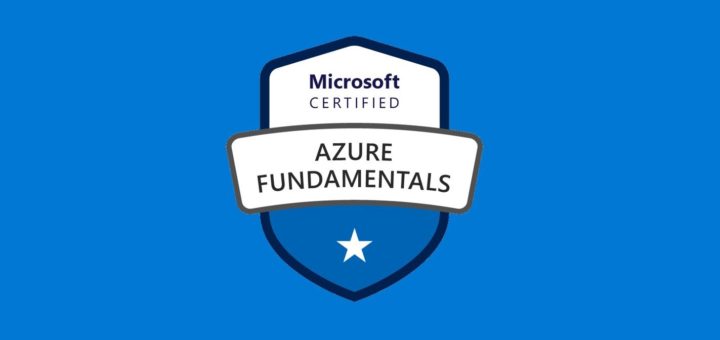If you are aiming to crack AWS Developer Associate certification in 2021 and looking for the best resources then you have come to the right place. I am going to share best practice questions, mock exams, and dumps to build the speed and accuracy you need to pass the exam on the first attempt.
Question #1
A Developer created a dashboard for an application using Amazon API Gateway, Amazon S3, AWS Lambda, and Amazon RDS. The Developer needs an authentication mechanism allowing a user to sign in and view the dashboard. It must be accessible from mobile applications, desktops, and tablets, and must remember user preferences across platforms.
Which AWS service should the Developer use to support this authentication scenario?
- A. AWS KMS
- B. Amazon Cognito
- C. AWS Directory Service
- D. Amazon IAM D
Correct Answer: B
Question #2
A Developer has created an S3 bucket s3://mycoolapp and has enabled server across logging that points to the folder s3://mycoolapp/logs. The
Developer moved 100 KB of Cascading Style Sheets (CSS) documents to the folder s3://mycoolapp/css, and then stopped work. When the developer came back a few days later, the bucket was 50 GB.
What is the MOST likely cause of this situation?
- A. The CSS files were not compressed and S3 versioning was enabled.
- B. S3 replication was enabled on the bucket.
- C. Logging into the same bucket caused exponential log growth.
- D. An S3 lifecycle policy has moved the entire CSS file to S3 Infrequent Access.
Correct Answer: C
Question #3
A Developer is creating an Auto Scaling group whose instances need to publish a custom metric to Amazon CloudWatch.
Which method would be the MOST secure way to authenticate a CloudWatch PUT request?
- A. Create an IAM user with PutMetricData permission and put the user credentials in a private repository; have applications pull the credentials as needed.
- B. Create an IAM user with PutMetricData permission, and modify the Auto Scaling launch configuration to inject the user credentials into the instance user data.
- C. Modify the CloudWatch metric policies to allow the PutMetricData permission to instances from the Auto Scaling group.
- D. Create an IAM role with PutMetricData permission and modify the Auto Scaling launching configuration to launch instances using that role.
Correct Answer: D
Question #4
A Developer is working on an application that tracks hundreds of millions of product reviews in an Amazon DynamoDB table. The records include the data elements shown in the table:
Which field, when used as the partition key, would result in the MOST consistent performance using DynamoDB?
- A. starRating
- B. reviewID
- C. comment
- D. productID
Correct Answer: B
Question #5
A Developer has written a serverless application using multiple AWS services. The business logic is written as a Lambda function which has dependencies on third-party libraries. The Lambda function endpoints will be exposed using Amazon API Gateway. The Lambda function will write the information to Amazon DynamoDB. The Developer is ready to deploy the application but must have the ability to rollback. How can this deployment be automated, based on these requirements?
- A. Deploy using Amazon Lambda API operations to create the Lambda function by providing a deployment package.
- B. Use an AWS CloudFormation template and use CloudFormation syntax to define the Lambda function resource in the template.
- C. Use syntax conforming to the Serverless Application Model in the AWS CloudFormation template to define the Lambda function resource.
- D. Create a bash script which uses AWS CLI to package and deploy the application. A
Correct Answer: C
Reference:
https://docs.aws.amazon.com/lambda/latest/dg/automating-deployment.html
Question #6
What are the steps to using the AWS CLI to launch a templatized serverless application?
- A. Use AWS CloudFormation get-template then CloudFormation execute-change-set.
- B. Use AWS CloudFormation validate-template then CloudFormation create-change-set.
- C. Use AWS CloudFormation package then CloudFormation deploy.
- D. Use AWS CloudFormation create-stack then CloudFormation update-stack.
Correct Answer: C
Reference:
https://github.com/awslabs/aws-sam-cli
https://docs.aws.amazon.com/serverless-application-model/latest/developerguide/serverless-deploying.html
Question #7
A Developer is creating a web application that requires authentication, but also needs to support guest access to provide users limited access without having to authenticate. What service can provide support for the application to allow guest access?
- A. IAM temporary credentials using AWS STS.
- B. Amazon Directory Service
- C. Amazon Cognito with unauthenticated access enabled
- D. IAM with SAML integration
Correct Answer: C
Reference:
https://aws.amazon.com/cognito/faqs/
Question #8
An application takes 40 seconds to process instructions received in an Amazon SQS message.
Assuming the SQS queue is configured with the default VisibilityTimeout value, what is the BEST way, upon receiving a message, to ensure that no other instances can retrieve a message that has already been processed or is currently being processed?
- A. Use the ChangeMessageVisibility API to increase the VisibilityTimeout, then use the DeleteMessage API to delete the message.
- B. Use the DeleteMessage API call to delete the message from the queue, then call DeleteQueue API to remove the queue.
- C. Use the ChangeMessageVisibility API to decrease the timeout value, then use the DeleteMessage API to delete the message.
- D. Use the DeleteMessageVisibility API to cancel the VisibilityTimeout, then use the DeleteMessage API to delete the message.
Correct Answer: A
Question #9
A Developer has implemented a Lambda function that needs to add new customers to an RDS database that is expected to run hundreds of times per hour. The
Lambda function is configured to use 512MB of RAM and is based on the following pseudo code:
After testing the Lambda function, the Developer notices that the Lambda execution time is much longer than expected. What should the Developer do to improve performance?
- A. Increase the amount of RAM allocated to the Lambda function, which will increase the number of threads the Lambda can use.
- B. Increase the size of the RDS database to allow for an increased number of database connections each hour.
- C. Move the database connection and close statement out of the handler. Place the connection in the global space.
- D. Replace RDS wit Amazon DynamoDB to implement control over the number of writes per second.
Correct Answer: C
Question #10
A current architecture uses many Lambda functions invoking one another as a large state machine. The coordination of this state machine is legacy custom code that breaks easily.
Which AWS Service can help refactor and manage the state machine?
- A. AWS Data Pipeline
- B. AWS SNS with AWS SQS
- C. Amazon Elastic MapReduce
- D. AWS Step Functions D
Correct Answer: D
Reference:
https://docs.aws.amazon.com/step-functions/latest/dg/tutorial-creating-lambda-state-machine.html






Thank you !!
Helped me in achieving my aws developer certification.